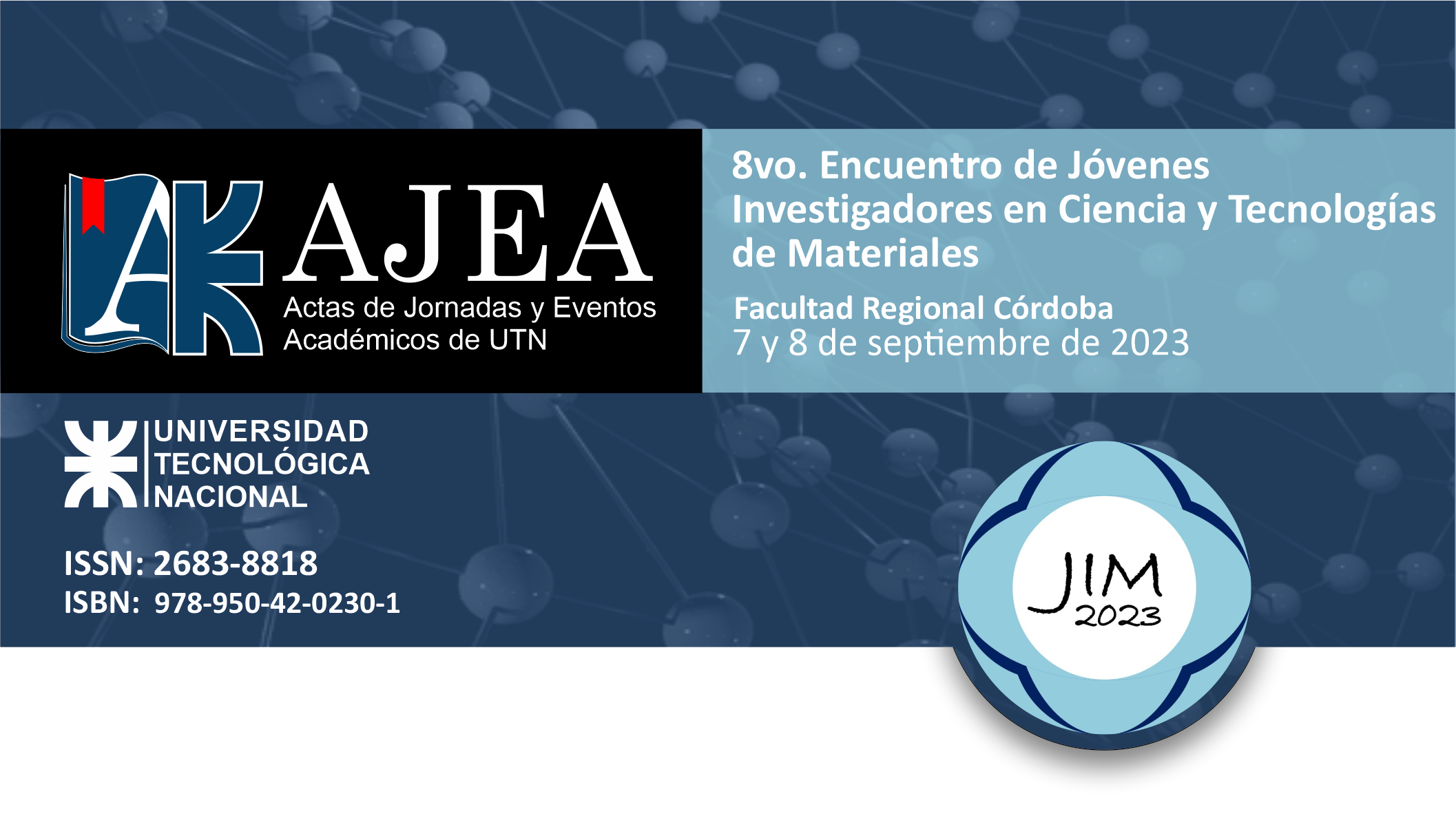Clean energy and care for the environment through ammonia fuel cells, advances in the use of nanomaterials
Keywords:
Nanomateriales, Ammonia, Clean Energy, NanomaterialsAbstract
In the context of the research for the doctoral thesis titled "Investigation of Direct Ammonia Fuel Cells as an Alternative Energy Source and the Development of Electrocatalysts for Alkaline Electrode Reactions," a comprehensive study of electrocatalytic nanomaterials was conducted. These nanomaterials play a crucial role in enhancing efficiency and reducing costs associated with ammonia fuel cells. These cells, which utilize ammonia as a fuel, present a highly promising alternative to conventional energy systems due to their high energy density and the ability to produce ammonia from renewable sources.
Ammonia could indeed be an excellent candidate as a carbon-free fuel for fuel cells. Despite its advantages, direct ammonia fuel cells still face challenges, such as low catalytic activity of electrocatalysts and difficulties in ammonia oxidation at low temperatures. Therefore, it is imperative to conduct research to identify potential electrocatalysts that can enhance the ammonia oxidation reaction.
The primary objective of this study is to emphasize the application and progress of electrocatalysts with reduced platinum content, with the aim of driving forward the development of direct ammonia alkaline fuel cells (DAAFC).
Downloads
Metrics
Downloads
Published
How to Cite
Conference Proceedings Volume
Section
License
Copyright (c) 2024 Emir Saab, Ana Castro Luna, Germán Céspedes, Mariano Asteazaran

This work is licensed under a Creative Commons Attribution-NonCommercial 4.0 International License.










